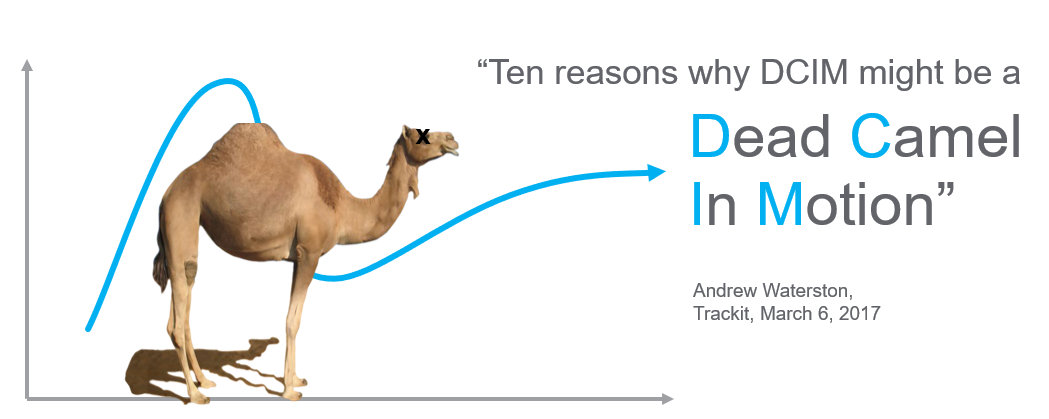The Multi-Billion Dollar Success that Wasn’t
Credit to Author: Kevin Brown| Date: Tue, 24 Sep 2019 15:11:45 +0000
DCIM and the Evolution of Data Center Management
Our industry is not known for understatement. And for better or worse, DCIM (data center infrastructure management) is the perfect example.
Only a decade ago, many touted DCIM as the solution that would radically improve performance and save businesses more than $10 billion. Analysts placed DCIM market value in the billions of dollars. Check out these statements:

Source: Schneider Electric
There was no question that a need for DCIM existed and customers recognized how it could make their lives easier. But when they started implementing DCIM, challenges emerged and soon, one out of every four implementations was perceived to have failed.
Then, there was this: a 2017 article from Trackit suggested that DCIM stood for Dead Camel in Motion. Let’s face it, it’s never good to be compared to a dead camel.

Source: Andrew Waterson; Trackit
Is DCIM still relevant today?
DCIM was built in a different era. Many of the initial problems DCIM was trying to solve were for traditional enterprise type data centers. Since then, internet giants and cloud computing have grown, along with a focus on colocation and off-premise. In hybrid data center environments, there’s a centralized cloud with compute and storage, regional edge data centers with compute and storage placed closer to the user, and the local edge, which we like to think of as your first point of connection on the internet. With all of these changes, you have to ask if DCIM is relevant in this hybrid IT environment where so many new challenges keep people up at night.
I wanted to take a look back and pinpoint what had gone wrong. Is DCIM really a Dead Camel in Motion, or, as Mark Twain might have put it, have the reports of the death of DCIM been greatly exaggerated? At Schneider Electric, we set out to identify the fundamental problems with DCIM and, although some may disagree, here are what we believe are the main impediments to its success:
- Difficult to quantify return on investment
- DCIM crossed organizational silos (IT and facilities), leading to lack of ownership
- Difficulty in defining DCIM created friction (e.g. is building management part of DCIM?)
- Underlying business management processes were broken, and no tool can solve a broken process.
Not so quick with that obituary
We concluded DCIM is still relevant, but the past priorities and what we had been emphasizing changed. With that in mind, here are five reasons we believe DCIM is still needed today:
- Availability: We still need to know the most basic information, such as if our data center infrastructure is up and running, and if it’s operating in the way it was intended.
- Energy Efficiency: Our industry’s done a good job on the energy efficiency of big data centers, but we have to pay attention to energy consumption with thousands of edge sites that need to run as efficiently as possible.
- Workflow Efficiency: The challenge of tracking moves, adds, and changes still exists.
- Asset Management: Identification and management of infrastructure assets and the IT systems dependent on those assets.
- Capacity Planning: The challenge of determining and forecasting a growth plan for the physical infrastructure.
Enabling the Broader Ecosystem with DCIM
In addition to the five points above, there are other problems when managing thousands of sites across a large geographical area that may not have been managed in the past. I believe we will need the same level of visibility and management as the ‘big’ datacenters. See White Paper 256, Why Cloud Computing is Requiring us to Rethink Resiliency at the Edge for more detail on this topic. In some cases, customers want Schneider Electric to manage these sites for them or they might have a partner to manage it.
So, how do we develop the DCIM tools to enable not just the end customer to manage the environment themselves, but also enable the broader ecosystem to do it as well? Stay tuned for my next blog where I will focus on the future of DCIM and the three pain points that need to be resolved for success.
The post The Multi-Billion Dollar Success that Wasn’t appeared first on Schneider Electric Blog.